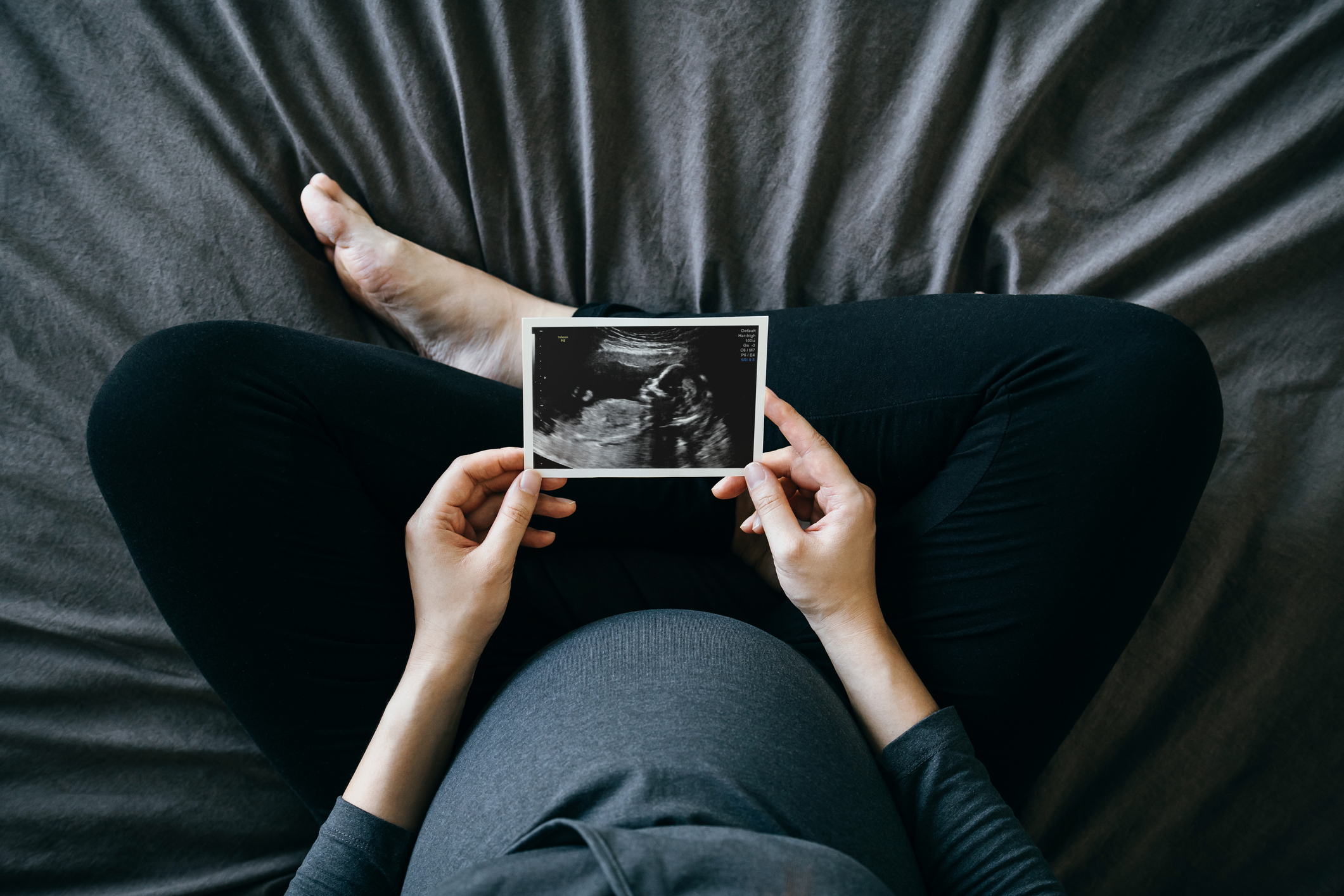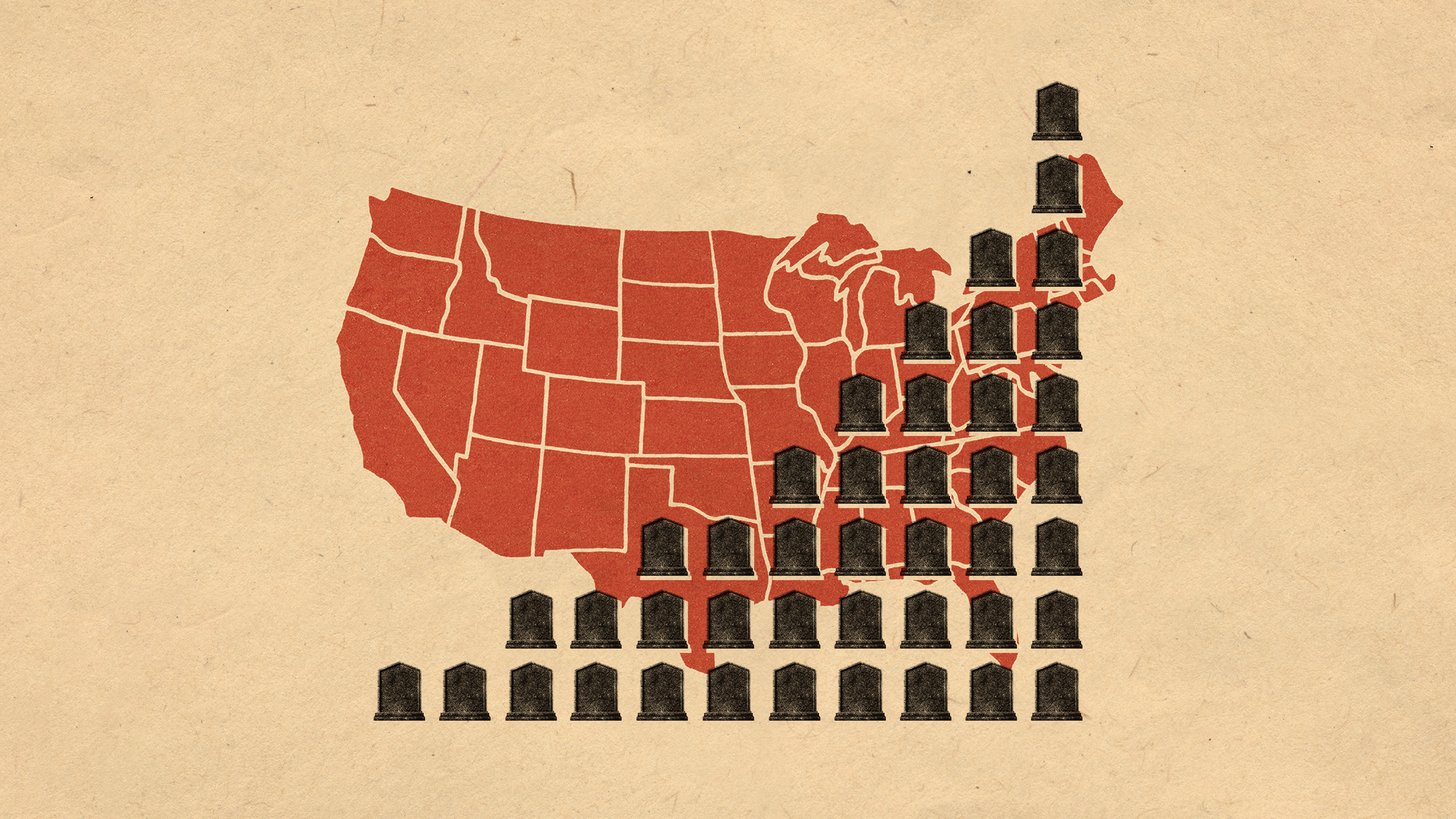US births did not return to pre-pandemic levels in 2022


There were fewer babies born in the U.S. in 2022 than before the Covid-19 pandemic, according to provisional data from the Centers for Disease Control and Prevention.
The birth rate stayed essentially stagnant between 2021 and 2022, dropping less than 1%. "It's essentially unchanged. It's a very small difference, relatively speaking, compared to the total number of births, which are in the millions," Brady Hamilton, a statistician demographer at the CDC's National Center for Health Statistics, told CBS News.
In 2021, the birth rate appeared to rebound from the pandemic; now, however, that rebound seems to have been short-lived. It was also the first year to see an annual increase in the birth rate since 2014.
The Week
Escape your echo chamber. Get the facts behind the news, plus analysis from multiple perspectives.

Sign up for The Week's Free Newsletters
From our morning news briefing to a weekly Good News Newsletter, get the best of The Week delivered directly to your inbox.
From our morning news briefing to a weekly Good News Newsletter, get the best of The Week delivered directly to your inbox.
Experts are now unsure whether birth rates will return to pre-pandemic levels anytime soon. "A birth rate below the replacement rate signals some major demographic changes on the horizon," Forbes wrote. The U.S. is not hitting the minimum birth rate, 2.1 children per woman, to replace the current population, which may lead to "an aging population and an economy that one day may struggle to find enough workers to fill key jobs and pay taxes," Forbes continued.
On the bright side, teenage births decreased to their lowest level in history in 2022, dropping 3% from 2021. "I'm excited the U.S. has made significant progress in reducing pregnancies among youth," Dr. Vincent Guilamo-Ramos, dean of the Duke University School of Nursing, told ABC News. Much of the change was attributed to wider knowledge of long-lasting birth control, like the IUD. The teenage birth rate has been on the decline since 1991.
"The all-time low should be an indication that we're continuing to move in the right direction," remarked Guilamo-Ramos.
A free daily email with the biggest news stories of the day – and the best features from TheWeek.com
Devika Rao has worked as a staff writer at The Week since 2022, covering science, the environment, climate and business. She previously worked as a policy associate for a nonprofit organization advocating for environmental action from a business perspective.
-
 The ‘eclipse of the century’ is coming in 2027
The ‘eclipse of the century’ is coming in 2027Under the radar It will last for over 6 minutes
-
 Striking homes with indoor pools
Striking homes with indoor poolsFeature Featuring a Queen Anne mansion near Chicago and mid-century modern masterpiece in Washington
-
 Why are federal and local authorities feuding over investigating ICE?
Why are federal and local authorities feuding over investigating ICE?TODAY’S BIG QUESTION Minneapolis has become ground zero for a growing battle over jurisdictional authority
-
 Trump HHS slashes advised child vaccinations
Trump HHS slashes advised child vaccinationsSpeed Read In a widely condemned move, the CDC will now recommend that children get vaccinated against 11 communicable diseases, not 17
-
 Deaths of children under 5 have gone up for the first time this century
Deaths of children under 5 have gone up for the first time this centuryUnder the radar Poor funding is the culprit
-
 A fentanyl vaccine may be on the horizon
A fentanyl vaccine may be on the horizonUnder the radar Taking a serious jab at the opioid epidemic
-
 Health: Will Kennedy dismantle U.S. immunization policy?
Health: Will Kennedy dismantle U.S. immunization policy?Feature ‘America’s vaccine playbook is being rewritten by people who don’t believe in them’
-
 Stopping GLP-1s raises complicated questions for pregnancy
Stopping GLP-1s raises complicated questions for pregnancyThe Explainer Stopping the medication could be risky during pregnancy, but there is more to the story to be uncovered
-
 More adults are dying before the age of 65
More adults are dying before the age of 65Under the radar The phenomenon is more pronounced in Black and low-income populations
-
 Ultra-processed America
Ultra-processed AmericaFeature Highly processed foods make up most of our diet. Is that so bad?
-
 Tips for surviving loneliness during the holiday season — with or without people
Tips for surviving loneliness during the holiday season — with or without peoplethe week recommends Solitude is different from loneliness
